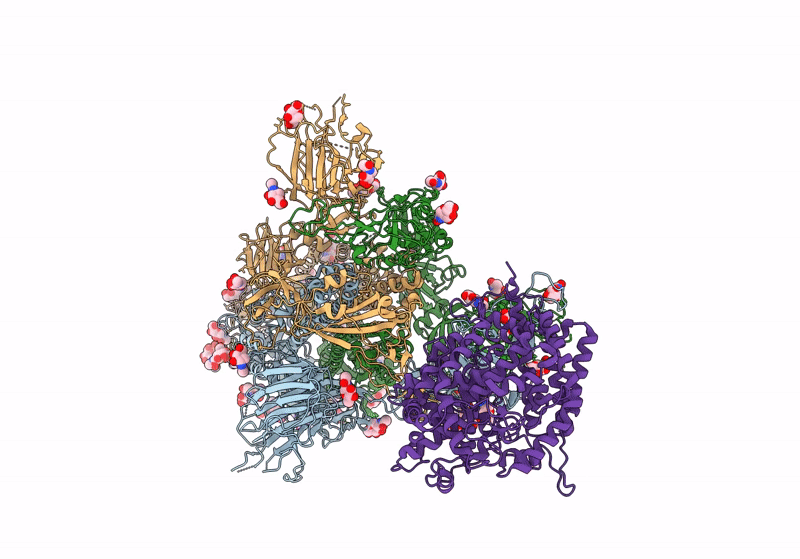
Deposition Date
2023-09-30
Release Date
2024-03-27
Last Version Date
2025-07-23
Entry Detail
PDB ID:
8WLO
Keywords:
Title:
Cryo-EM structure of SARS-CoV-2 prototype spike protein in complex with hippopotamus ACE2
Biological Source:
Source Organism:
Severe acute respiratory syndrome coronavirus 2 (Taxon ID: 2697049)
Hippopotamus amphibius (Taxon ID: 9833)
Hippopotamus amphibius (Taxon ID: 9833)
Host Organism:
Method Details:
Experimental Method:
Resolution:
2.62 Å
Aggregation State:
PARTICLE
Reconstruction Method:
SINGLE PARTICLE


